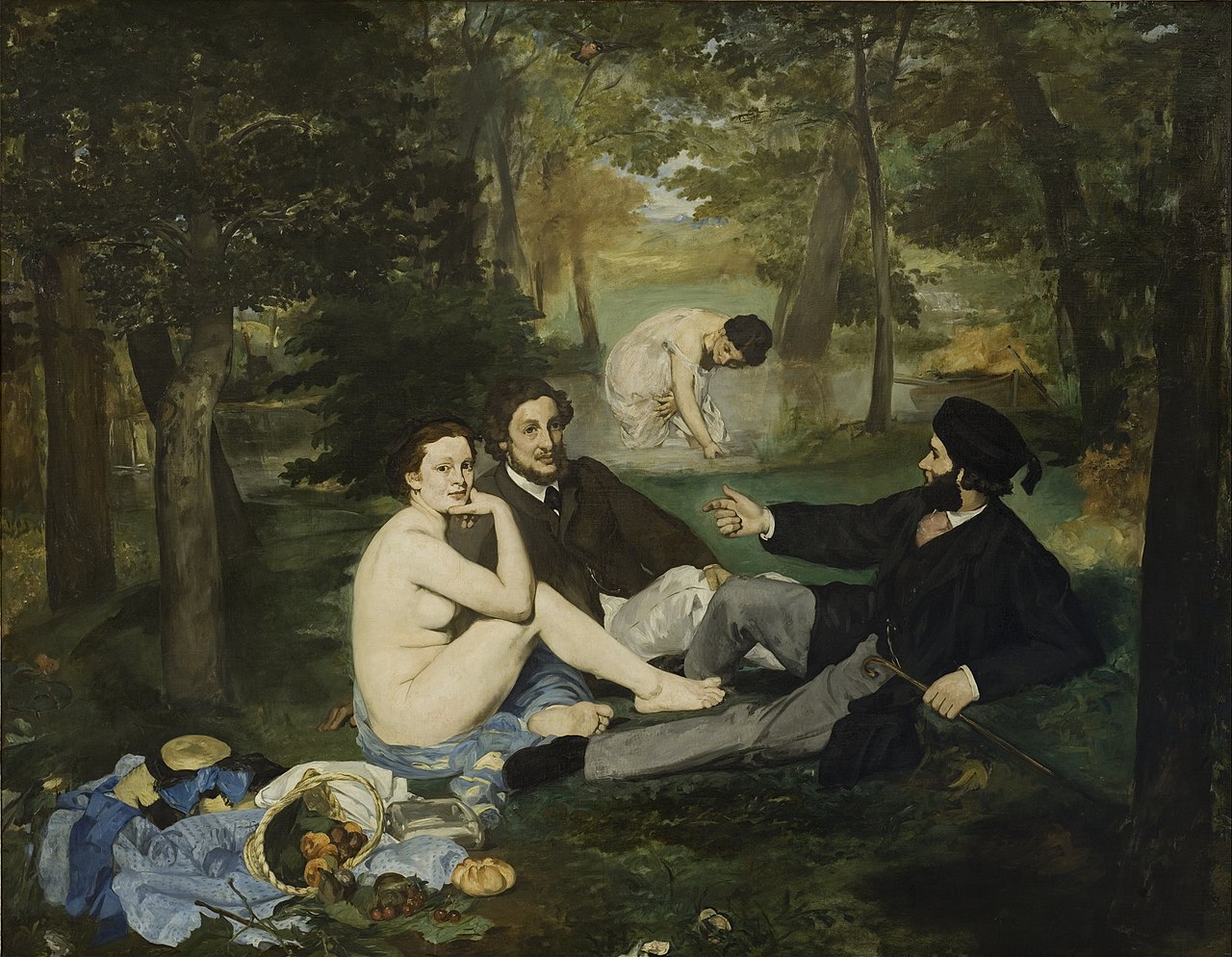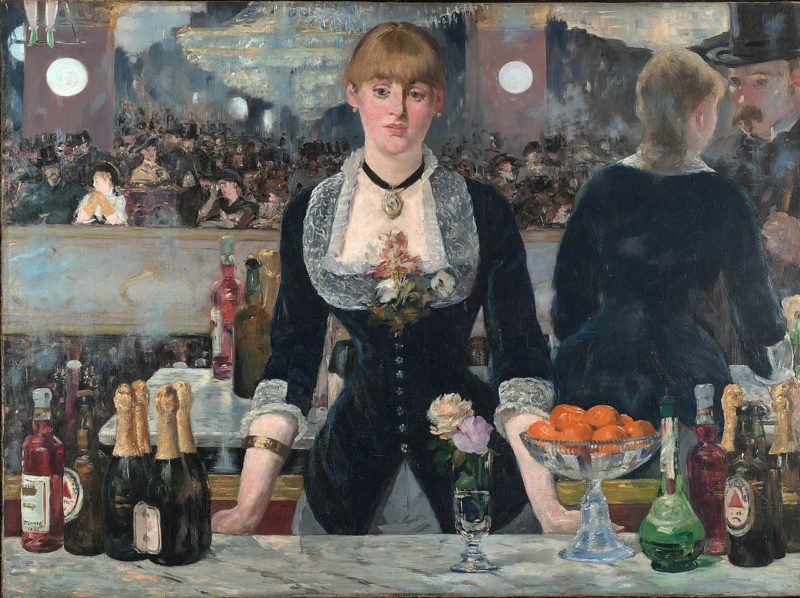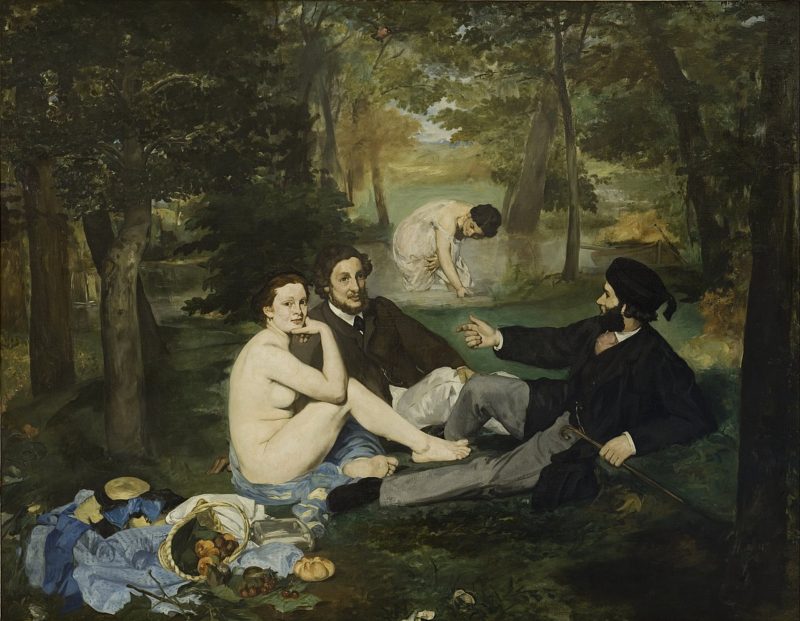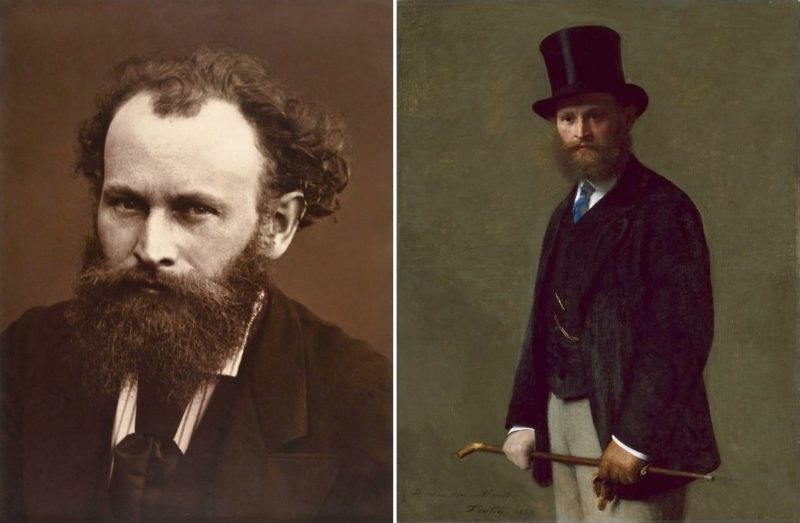Édouard Manet, a Modernist Painter Who Envisioned Impressionism

As an art movement, Impressionism is closely related to two pretty similar surnames: Manet and Monet. Despite the similarity, those two influenced the art movement in different ways. While Claude Monet became the father of the Impressionist movement, Édouard Manet envisioned the emergence of something new and created controversies that pushed the art industry forward. Let’s stop here and look closer at the life and art of Édouard Manet, a French modernist painter whose art became a roller-coaster of its time.
Édouard Manet, a modernist painter who envisioned Impressionism
Édouard Manet was born to an upper-class aristocratic family in Paris on January 23, 1832. Since his childhood, parents had great plans for a boy. The father, a French judge, wanted his son to pursue a career in law. However, after failing the Navy examination twice, his father gave in and relented to Édouard’s wishes to become an artist. In fact, it was Édouard Manet’s uncle who took him to the Louvre and encouraged him to pursue painting.

Édouard Manet, A Bar at the Folies-Bergère, oil on canvas, 1881-1882
The French modernist painter studied under the tutelage of the academic painter Thomas Couture. Édouard Manet’s art was greatly influenced by Francisco José de Goya, Diego Velázquez, and Frans Hals. As for the painting style, the artist tended to simplify details and suppress traditional tones. Art historians agree that Édouard Manet and his art belong to Realism. At the same time, he did something that went beyond the scope of a realistic mindset. He created “The Luncheon on the Grass” and “Olympia,” some of his most famous artworks.

Édouard Manet, Luncheon on the Grass, oil on canvas, 1863
The thing is that the display of a nude body in the art of that time, as well as nude art in general, was taboo, but it didn’t stop Manet. The modernist painter indeed created his two then notorious paintings, and they were later accepted by the Paris Salon in the 1860s. Édouard Manet made a grandiose transition from Realism to Impressionism. That artistic boldness helped the artist lay the foundation of Impressionism and demonstrated how important experiments are.

